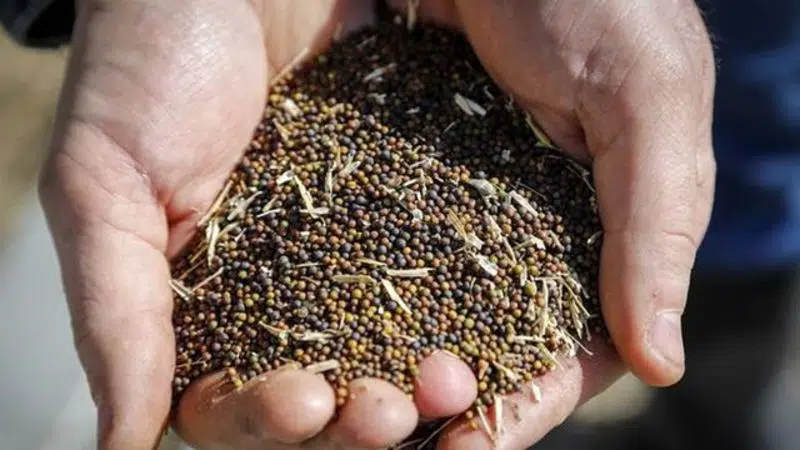
Pre-emergent weed control
A significant number of volunteer canola seeds may have been added to the existing weed bank because of the delayed harvest last year.
Ministry of Agriculture Crops Extension Specialist Kim Stonehouse said the benefits of pre-emergent weed control can be significant. Spring applications give more options to rotating herbicide modes of action reducing the risk of developing, and controlling existent herbicide resistant weeds.
“Pre-emergent weed control can be broken down in to two types: pre-emergent soil applied and burn-down applications. Many product choices exist within each category. With soil applied herbicides there are a number of products that offer control of group one and two resistant grassy weeds but there are only a couple that offer control of broadleaf weeds including group two and nine resistant kochia,” Stonehouse said. “All have restrictions on the type of crop that can be grown after application and many have varied rates or restrictions for organic matter and clay content so consulting the label is important.”


